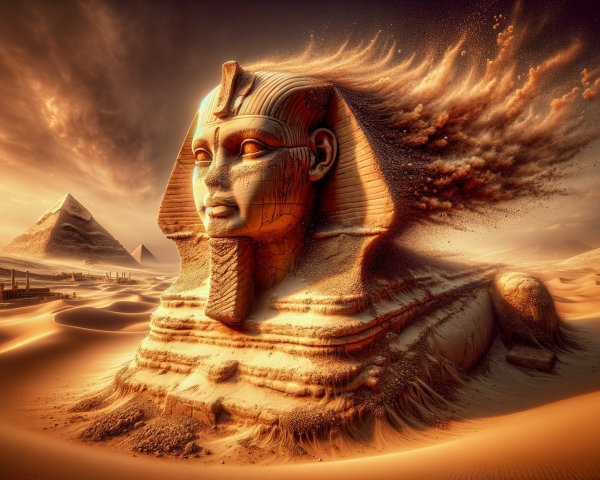Since the 1980s, historians have assumed that desert winds shaped the outline of the Sphinx in Egypt, but scientists have recently claimed to have solved the mystery and discovered the origin story of the statue in Giza.
A new study from New York University tested this theory by creating miniature lion-like sculptures out of clay using fluid dynamics.
The natural shape of the rock
They found that it is possible that it was the natural shape of the rock that inspired the Egyptians to create the Sphinx, according to Britain's Daily Mail.
Lead author Professor Lev Ristroph said their findings provide a possible origin story for how the Sphinx-like formations came to be.
He added that their laboratory experiments showed that the surprisingly Sphinx-like shapes can actually come from materials that are eroded by rapid flows.
The team used a theory proposed by geologist Farouk El-Baz in 1981, who suggested that the Sphinx formation was initially a flat shape that was gradually eroded by wind




